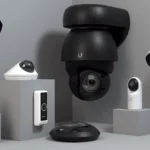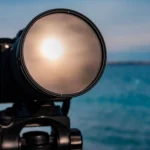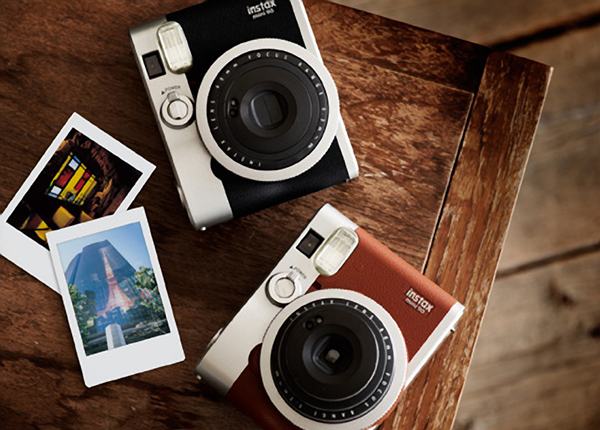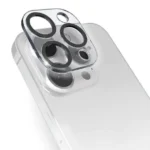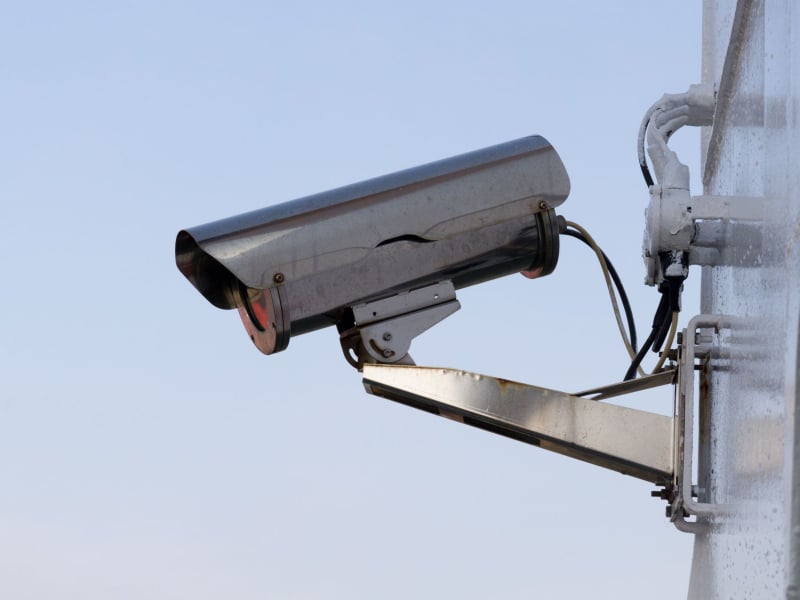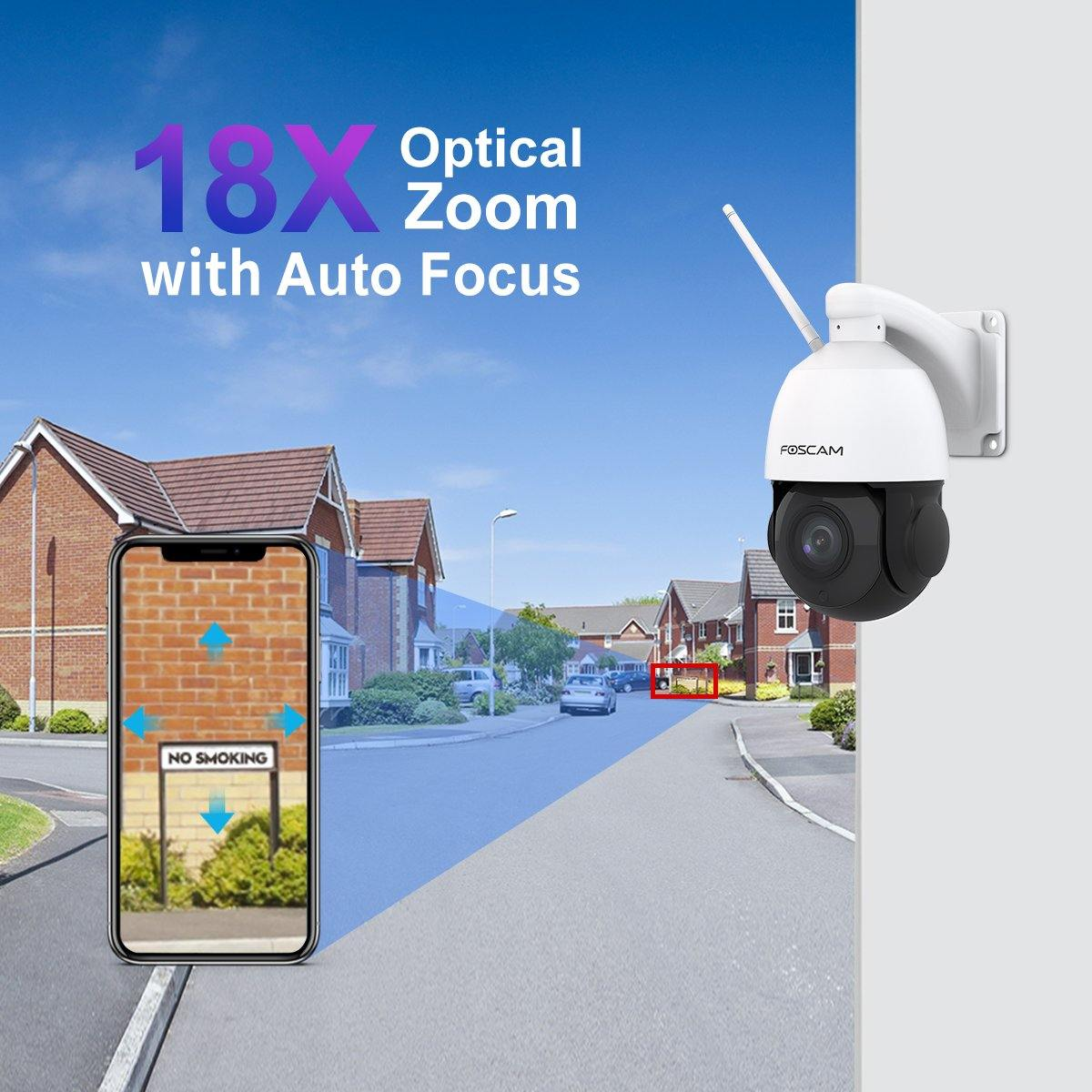Are you considering diving into the world of film photography? Wondering why the classic 35mm film camera is making a major comeback in 2024? The 35mm film camera continues to captivate both seasoned photographers and beginners alike, offering an authentic, analog experience that digital cameras simply cannot replicate. This comprehensive guide will help you navigate the process of selecting the best 35mm film camera, understanding how to use it, and identifying which 35mm film is ideal for your photography needs. Let’s explore the world of film photography together!
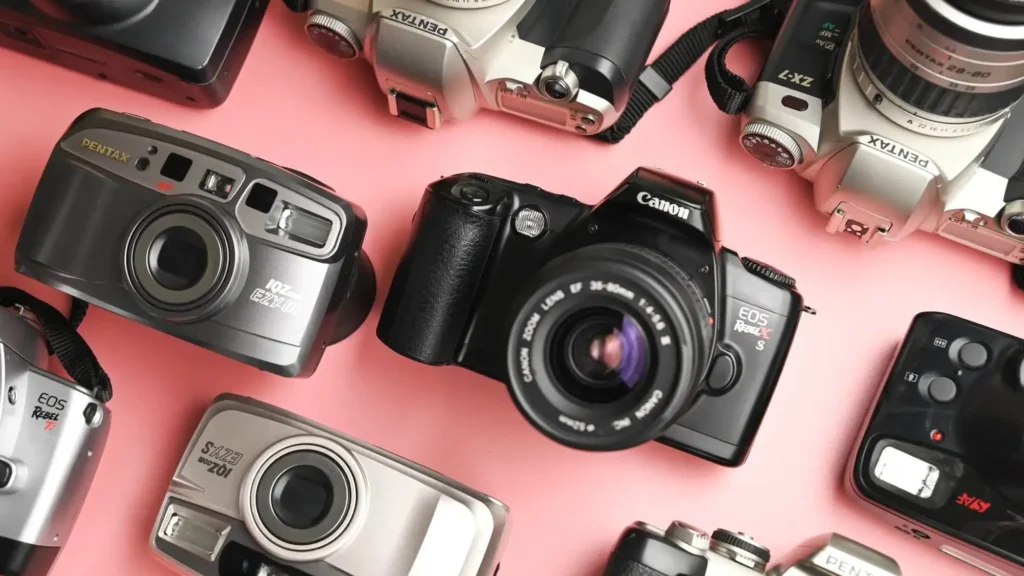
Content
Why Choose a 35mm Film Camera?
The decision to embrace a 35mm film camera comes with a variety of compelling reasons. Over the past few years, film photography has seen a resurgence, especially among photographers seeking a more organic and artistic approach to capturing images. Unlike digital cameras, which produce sharp, clean images, 35mm film offers a unique aesthetic defined by its grain and warmth. Many photographers believe that film photography encourages a slower, more thoughtful process when taking photos—each frame counts.
For those who value nostalgia and the tactile nature of analog photography, the vintage film camera is a timeless choice. Shooting with film requires more effort and intention, which many find deeply satisfying. Moreover, the colors and textures captured by 35mm film can evoke a sense of artistic expression that is often absent in digital photography. Whether you’re a professional looking to reconnect with the roots of the craft or a beginner wanting to explore a new method of shooting, a 35mm film camera can provide a rich and immersive experience.
Factors to Consider When Selecting the Best 35mm Film Camera
Choosing the best 35mm film camera can be an overwhelming task, especially with so many options available in the market. However, understanding key factors that influence your purchase decision can help streamline the process.
Key Features to Evaluate
When evaluating potential cameras, the most important features to consider include build quality, lens compatibility, and ease of use. For those new to film photography, it is essential to start with a camera that offers intuitive controls and is simple to operate. However, more experienced photographers may prefer a model that allows for manual control over various settings, such as aperture and shutter speed, to encourage a more hands-on approach to photography.
- Build Quality: A vintage film camera should be durable enough to withstand the test of time. Many older models are crafted from metal and are known for their longevity.
- Lens Compatibility: Different camera models feature different types of lens mounts, and some offer interchangeable lenses. If you are already invested in a particular lens system, consider finding a 35mm film camera that can accommodate your existing lenses.
- Ease of Use: Some cameras are designed specifically for beginners, providing automatic settings for exposure, focus, and more. These cameras help simplify the shooting process, allowing you to concentrate on composition instead of adjusting technical settings.
Types of 35mm Film Cameras
There are various types of 35mm film cameras, each suited to different styles of photography.
- SLR (Single-Lens Reflex): These cameras provide exceptional control over settings like exposure and focus. Ideal for those who want full creative control, SLR cameras offer the flexibility of interchangeable lenses and manual settings.
- Rangefinder Cameras: Smaller and lighter than SLR cameras, rangefinders are known for their ease of use. However, they may require a bit more practice, especially when it comes to focusing.
- Point-and-Shoot Cameras: These cameras are perfect for casual photographers or those looking for convenience without sacrificing image quality. With automatic settings, point-and-shoot cameras are intuitive and easy to use.
Budget Considerations
The cost of a 35mm film camera can vary widely depending on the type and condition. For those just starting with film photography, it’s advisable to begin with a more affordable option, such as a point-and-shoot camera. As you gain experience and confidence, you may choose to invest in a higher-end SLR camera or a rangefinder to expand your capabilities.
Getting Started with Your 35mm Film Camera
If you’re new to using a 35mm film camera, there are a few basic steps to learn before capturing your first image.
Loading the Film
One of the first tasks in film photography is loading the 35mm film. Begin by inserting the film into the camera’s film chamber. Gently pull the leader through the slot and engage it with the take-up spool. Close the back of the camera and advance the film using the film advance lever. Most cameras feature an automatic film advance, but older models may require manual advancement after each shot.
Understanding Exposure Settings
Exposure settings are vital in achieving the right balance of light in your photos. 35mm film cameras typically require you to adjust the aperture and shutter speed manually, although some models have automatic exposure modes that will adjust these settings for you.
- Aperture: Controls the amount of light entering the camera and affects the depth of field in your images.
- Shutter Speed: Determines how long the camera’s shutter remains open, affecting how motion is captured and how light is exposed to the film.
- ISO: Always make sure that the ISO setting matches the ISO of your 35mm film. This will ensure proper exposure.
Common Mistakes to Avoid
When first learning to use a 35mm film camera, beginners often make the following mistakes:
- Underexposing the Film: This occurs when the aperture or shutter speed is set incorrectly, resulting in images that are too dark.
- Overexposing the Film: If the film is exposed to too much light, your images will appear washed out, losing details.
- Forgetting to Advance the Film: Always advance the film after each shot to avoid double exposure, which can ruin your images.
Selecting the Right 35mm Film for Your Photography
Once you have mastered the basics of using your 35mm film camera, it’s time to choose the right film for your style and needs. The best 35mm film depends on what you want to capture, the conditions in which you shoot, and the overall effect you desire.
Color Film vs. Black and White Film
- Color Film: Popular options like Kodak Portra and Fujifilm Superia offer vibrant colors and excellent exposure latitude, making them ideal for portraits and landscapes.
- Black and White Film: For a classic look, black and white films such as Ilford HP5+ or Kodak Tri-X provide high contrast and timeless quality that many photographers favor for portraits or street photography.
Specialty Films
For those interested in experimenting with different looks, there are a variety of specialty films available. 35mm slide film is great for capturing rich colors and fine details, while low ISO films work well in bright lighting conditions for sharp images.
Caring for Your 35mm Film Camera
Maintaining your 35mm film camera is essential for preserving its longevity and functionality.
Cleaning and Storing Your Camera
Regular cleaning is crucial to ensure your camera operates smoothly. Use a microfiber cloth to wipe down the lens and camera body, and a blower brush to remove dust from internal components. Store your camera in a dry, cool place, and invest in a padded camera bag to protect it from scratches or drops.
Repairing Vintage Film Cameras
If your vintage film camera starts to show signs of wear or malfunctions, consider seeking out a specialized camera repair service. Many photographers restore their 35mm film cameras to original working condition through professional repair services. It’s worth investing in these repairs to keep your camera functional for years to come.
Essential Accessories for 35mm Film Photography
To enhance your film photography experience, there are several accessories you should consider:
- Lenses: Different lenses allow for different creative effects. Wide-angle lenses are great for landscapes, while telephoto lenses are ideal for capturing distant subjects.
- Tripods: A tripod is essential for stabilizing the camera during long exposures or in low light conditions.
- Light Meters: While many 35mm film cameras come with built-in light meters, an external light meter can provide more precise readings for difficult lighting conditions.
Conclusion: Embrace the Analog World of 35mm Film Photography
The 35mm film camera offers a timeless approach to photography that continues to captivate artists and hobbyists alike. Whether you’re seeking a new hobby or hoping to add an analog dimension to your professional work, the 35mm film camera provides a unique and immersive way to capture the world around you. With the right 35mm film and a bit of practice, you can create stunning, artistic photographs that digital technology simply cannot replicate. Explore the analog world of film photography, and enjoy the beauty and charm that come with each shot.
FAQs
What is the best 35mm film camera for beginners?
The best 35mm film camera for beginners is often a point-and-shoot model or an automatic SLR, as they offer ease of use and require less manual adjustment.
How do I choose the right 35mm film for my camera?
Choose 35mm film based on your shooting style. Color films like Kodak Portra offer rich tones, while black and white films like Ilford HP5+ give timeless contrast.

I’m Kelly Hood! I blog about tech, how to use it, and what you should know. I love spending time with my family and sharing stories of the day with them.



